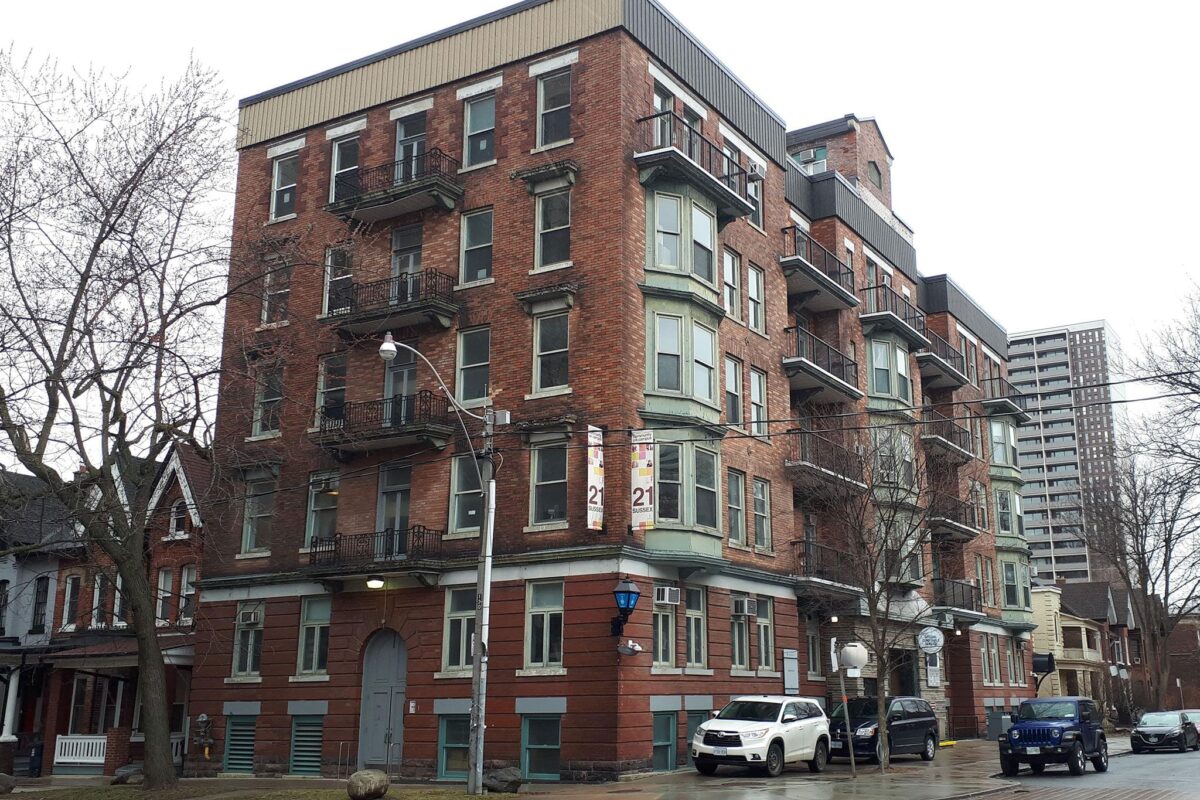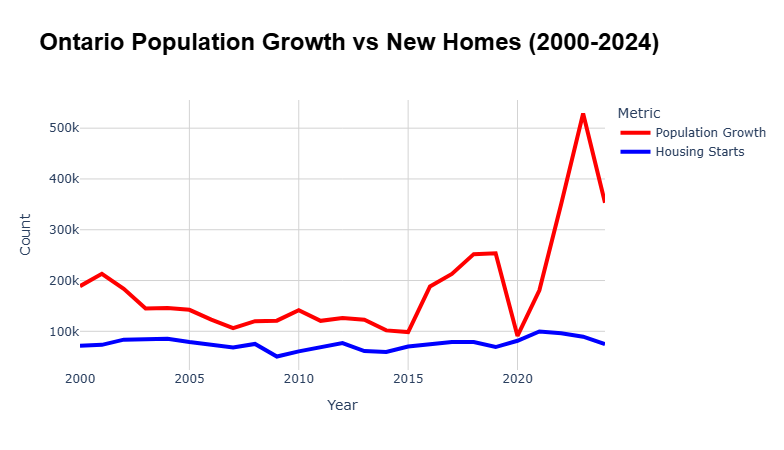Hedging and Derivatives
Recently I have been taking some accounting courses and through some of the courses I’ve been learning about things that I think many people would find rather dull, but that I have found quite interesting. I’ve been learning about accounting for Agriculture, accounting for stock based compensation or other employee share based compensation (SAR, share appreciation rights). We also had a section talking about financial derivatives and what they might be used for. The goal of my discussion to today is to talk a little bit about hedging, what is it? Why do people care? Who is hedging good for? Is Hedging complicated? You get the gist. Hedging was not something I learned about directly, but it is something that I think carries a bit of a “mistical air” about it, so I wanted to try my best to explain how it works and get into the weeds of financial derivatives.
What Are Derivatives?
Let’s start out by talking about what a financial derivative is, what does that scary word mean. Well to someone who has done calculus, it means that x2=2x’. In the financial world a derivate is adding another layer onto the underlying asset, and generally that layer can be traded and has value on it’s own, without impacting the underlying asset. You can think of it like this, in a non-derivative transaction you almost always are trading some form of money for something else. It might be money for grain, gold for a donkey depending on your mood. A derivative is derived from an exchange like this. We might create a contract that on a future date we’ll buy something for a set price, we might also exchange interest rates on our loans, or provide an option for someone to buy or sell something. In these examples the contract for a future price, or the “option” to purchase something in the future has a value. Generally, the value of a derivative would be the difference between todays price and the price someone agreed to buy/sell at, plus a “premium” for the timeline risk. The longer the timeline the larger the premium. By creating these options to purchase, or contracts into the future, we have created something that has value on it’s own, without affecting the value that the underlying thing will ultimately get sold at, thus we have a financial derivative. These derivatives are frequently used to “hedge your bets” against price changes (lock in a good price today), or just to speculate on price changes.
The Forward Contract
As a good starter example take the forward contract. A forward contract is a contract between two parties, where they agree to purchase or sell something to the other party at a certain price on a certain date in the future. Basically, a forward contract locks in a price today regardless of the fluctuations of the market. This is frequently done on commodities (agriculture and oil, for example), which can be somewhat volatile price wise depending on supply and demand, prices at the gas pump change almost daily. In order to avoid these daily price changes, you are agreeing to a certain price now, and the other party takes on the risk of the price changes. The “seller” has the potential to earn a profit or loss on the contract based on the price they agreed to and the price at which they’d be able to normally sell the same goods on the open market. As the “buyer” of one of these contracts, the price of the asset no longer matters to you since you’ve already locked in your price and you can now account for it as an account payable with no variability. In essence, a forward contract is just a way to try and remove pricing uncertainty from the equation for one party. If it’s important to your business to know the input costs of raw materials because you’re trying to manufacture something at a certain price, a forward contract might be useful. If there’s an unpredictable world event (which seem to be happening more and more these days), you can reduce the risk of volatile pricing, at least for a while. This type of contract can be considered a “hedging” tool. In this case the goal is to reduce the risk of a price fluctuation. Generally, a forward contract is not sold once it is created, in which case it wouldn’t necessarily be a financial derivative since there’s no way to make money on the contract itself if you so desired. That’s where our next type of contract comes in.
The Futures Contract
An extension of the forward contract is a futures contract, which you may have heard of as a financial derivative. A futures contract is again giving the rights to someone to buy or sell a certain commodity in blocks of 1000. The difference between this type of contract and a forward contract is that the futures contract itself can be publicly traded on markets up until the date the contract needs to be fulfilled. Again, many firms might use this as a hedge depending on what they are selling or buying. However, this type of contract can also be open to speculators, as the value of the contract fluctuates with the market price of the underlying commodity. This contract can then be sold over and over again at various prices until its due date. The risk from the speculators point of view is that 1000 of something is a relatively large amount. If the pricing of the underlying commodity changes by $1, you can be up or down $1000 relatively quickly. Multiply this by the number of contracts you bought and the volatility of the price, you can risk quite a bit of money, while also potentially profiting quite a bit of money. Most speculators aren’t using futures contracts as a hedging mechanism. But there are large firms out there who want to buy “insurance” on the price of a certain commodity, and might use this as a tool to lock in a certain price, not worrying about the value of the contract in the interim. Bored yet?
The Option Contract
Our next financial derivative to take the stage is going to be the option contract. This one get’s very meta very fast. An options contract can be a hedge against stock that you own in a certain company, or a speculative tool. Each option contract represents 100 shares of stock. Suppose that you think Nvidia stock price is going to be much higher 1 year from today. You can purchase a “call” option contract that gives you the rights to purchase 100 shares of Nvidia stock at $100 per share 1 year from today. However, someone else will be taking the other side of the bet, and due to the popularity of Nvidia stock or sentiment of the likelihood of the entire market being higher next year than it is today. You’ll likely have to pay a hefty premium to obtain that option contract. As time goes on and market sentiment changes, the “premium” you paid will start to decay and the option contract itself will lose value the closer you get to the specified date. On the final date of the contract, the only value is the “intrinsic value” of the contract. Which is the price the shares are trading at on the open market minus the price written on the contract. If the stock price is lower than stated on your option contract, it would be a better deal to buy the shares on the market, so your option contract is worthless. If the stock price is higher than your option contract, you might be able to make up for the premium and earn a profit on top of it buy buying the shares at a cheaper price than you can purchase them on the open market right now. The higher the stock price, the better our option to purchase the shares “cheap”.
Put Options
You can also purchase a put option if you believe the stock price of a company will go down. The put option allows you to force the company to purchase your shares at a certain price. Let’s again use the Nvidia example. We buy a put option at $100, 1 year from now. At the expiry date, lets say that Nvidia is trading at $80. But we have the option to sell our shares at $100. So on expiry, we can make $20 per share by selling 100 of our shares using our option and repurchasing them at the lower price (or not). Without getting too much into the details, I do want to point out that speculating on single stocks is known to be a bad idea. If you’re reading this you are unlikely to be someone who found an arbitrage opportunity in the market, or who built a model on weather patterns in Idaho in order to figure out potato yields and trade on that information, which is what you have to do to get an edge in financial markets. So this is my PSA not to speculate. But options can be used as tools to avoid fluctuations in the financial markets themselves. You don’t even necessarily have to exercise the option. For the sake of argument, let’s say that something about Tesla future stock price is worrying, and you’re the proud owner of 100 Tesla shares. You decide to “spend” a bit of money on a put option contract in order to be able to sell your Tesla shares at a good price in the future. The year comes and goes and it turns out that you’re completely wrong and Tesla doubles in value and your put option is worthless. Well you should still rejoice because your Tesla shares a worth more than they were last year! What you’ve effectively done is spent a bit of money to prevent loss, which has resulted in reducing your overall gain. You’ve essentially reduced the volatility and the risk built into your shares, which is how options can be used as a hedging tool.
Interest Rate Swaps
Now we’re going to get into the really whacky and fun stuff. Interest rate swaps. Why might someone want to “swap” an interest rate? Take Company A that has a bank loan for $1,000,000 with a variable interest rate, currently sitting at 4%. Company B also has a $1,000,000 loan, but with a fixed rate of 5%. If Company A, who has a variable rate, believes that the central banks lending rate will go higher in the future, and Company B believes the opposite, they might want to swap their interest rates on half their loans. This would result in Company A and Company B having a blended rate, where $500,000 of the loan has a variable rate of 4% and the other $500,000 has a fixed rate of 5%. They can both save money on interest if the variable rate drops, and they’d both have part of their loan guaranteed at the fixed rate if the variable goes up. It’s a good way of reducing interest rate risk. You can also do many different variations. Maybe Company A wants 75% variable exposure and 25% fixed exposure. I think this is a pretty cool tool that I didn’t really realize you could use before a couple weeks ago. But it makes a ton of sense. I wonder if you might be able to do something like this on residential mortgages? Let me know if you have any intel.
Credit Default Swaps
As my final financial derivative, I want to talk about Credit Default Swaps. If you’ve read or watched The Big Short you probably have heard about these. As a brief explanation, if someone, or an entity has some debt, you can create a “credit swap” for the underlying obligation. As the purchaser of a CDS, you are hoping for the entity or person to default, or go bankrupt, or fail to pay their debt in some way. If the entity does completely go under, their debt is then auctioned off and the CDS purchaser would receive their payout. The rate which you pay for the privilege of owning a swap is around 1% to 5% of the value of the debt per year to the entity. The part that is somewhat hard to wrap your head around on these kinds of swaps, is that you are buying the debt of a bankrupt entity. I’m not entirely sure how one would use a credit default swap as a hedge, unless you wanted to hedge against a large credit crisis, which if you look at consumer borrowing rates right now, isn’t as unlikely as it was a few years ago. I would have to put this in the category of highly speculative and quite frankly, I’ve still got some reading to do on it. That’s about all I got for this week, just wanted to get some ideas on the page about derivatives and their potential uses, as well as hedging and risk reduction tools. As always thanks for reading.
Keep Investing,
-Oliver Foote




